Sculptural or functional objects enliven an environment with their own emotional persona over time. The sentimental value of every object is influenced by its owner's memories, whether it is an evocative childhood memorabilia or an antique cabinet passed down from generation to generation. While the commercial markets thrive on consumerism, an exciting new exhibition in London highlights mending and the repair culture as an important, ingenious way to add new meaning and life to broken objects. The exhibition ‘R for Repair: London x Singapore’ will be exhibited at the Victoria & Albert Museum, from September 8, 2022 till October 30, 2022 during the London Design Festival for its 20th edition as well as the upcoming Singapore Design Week 2022. The exhibition has been presented by DesignSingapore Council, National Design Centre, Singapore and the V&A Museum, London, marking its second edition in time and the first one internationally.
The exhibition, co-curated by Hans Tan Studio and Jane Withers Studio, showcases the cultural exchange between the two geographies. The exhibition marking its second edition, was first conducted in 2021 during which, people were asked to submit broken objects with a narrative attached, to create a creative display of significance and emotions. “Individual narratives associated with the objects add a strong personal and collective connection to the past and repair culture.” says Hans. These objects were then passed on to designers for a "creative" repair, with a brief enabling them to add a new personality to the broken objects while respecting its owner’s sentiments. The methodology stays the same for LDF 2022, with the exception of a novel twist including an exchange between Singapore and London. The show will feature 10 artefacts mended by ten Singaporean and UK-based designers, as well as three repaired objects from the original 2021 exhibition. After the show, all of the artefacts will be returned to their respective owners. “Though repair used to be the first response when something breaks down, current day hyper-consumption has diminished the transformative role of repair. It is important to reframe repair in the contemporary context through design, which I believe when done well, comes with a good value system for how we could consider ownership,” expresses Hans Tan, Co-Curator of the exhibition.
While London thrives on contemporaneity, Singapore has had cultural aspects of many ethnicities, socio-cultural influences and an ever-developing present. Many objects from the exhibition have been repaired to tie the cultural threads together, while complimenting the country’s development future. For instance, the Winnie the Pooh clock, repaired by the Brown Office culminated as a mini grandfather clock. The clock has three time zones – Singapore, where the owners live; UK, Winnie’s fictitious home at the 100 Acre Wood; California, of Walt Disney Company. Though playful, the clock legitimately ties the ties of cross cultural inference together through an object.
The charm of the objects in the exhibition are reminiscent of the treasured stories that are attached to each one of them. The objects ranging from decorative objects such as a wooden puffin, a green glass bottle, a doll house, a wall clock, and even a dog ball. Despite their fractured state or broken accompaniments, small objects like a pocket watch or a vinyl record player can also tell a tale untold. These objects are often remnants of moments in time that make one reconvene with the societal past and cultural illuminatives.
One such object on display is the humble tea saucer submitted by Andrew and Karen Birkin. Though it remains as a very simple white plate blushed with bold red strokes, the story attests to its owner–Maxim’s de Paris. The tiny plate was smuggled out of the iconic restaurant in Paris by actress Jane Birkin in the 1970s. The plate was then passed on to Jane’s brother Andrew and his spouse Karen Birkin and has now been submitted for repurposing to Studio Dam. The result, is the same plate ‘stapled’ together just as a stitched tale of a fun-filled family history.
The exhibition will also feature objects that carry fragments of memories from loved ones, celebratory lives, and revelationary belongings. For instance, a grandmother’s no-longer-working camera has been redesigned by Singaporean architect and designer Syafiq Jubri. As the owner’s narrative goes, their grandparents retired early to embark on a delightful journey in a capervan. They dedicated their lives to travelling and used many cameras to capture memories and momentos everywhere they went, especially around Morocco. "I love the idea of experiencing the world as my grandparents did and I hope to drive to Morocco as they once did. This camera doesn’t work anymore, but it has a lot of value to us as a family so I’m looking forward to seeing how it might be transformed," expresses the anonymous owner upon his association with the broken camera.
The Maker’s Chest stands tall with wisdom and a teary-eyed tale of broken dreams. It recalls a time when women had to adhere to certain social roles and formal norms. The wooden maker’s chest belonged to the owner’s grandmother who always wished to become an artist but to cater to the role of being the family’s bread winner, she had to give up on her dreams and desires. ”When my grandmother died, it was a shock to find out she had a number of pieces of furniture tucked away from us all, including this maker's chest which was filled with her creations. This furniture represents that creative / maker’s dream which never happened for her, and which reminds me of my privilege – to be able to have a career in the arts,” says the owner upon the attachment to the dream-filled family heirloom. The maker’s chest was repaired by the UK-based designer and maker, Rio Kobayashi, who certainly opens up the furniture piece to the world and gives it a contemporary touch.
Appertaining the boom in the design industries across London and Singapore, a need for justifying modern-day practices taken up by individual studious for repairing the broken objects is imminent. The reason beingー their cultural and historic values. “There is space for elevating repair design and making it a valid creative practice for contemporary design studios,” says Withers. “The exhibition reveals ways in which repair processes can be incorporated into the design of objects to prefigure the need for future mends that help a product last longer but also gain character as it ages,” she adds.
“Repair has tended to focus on restoring functionality, but the attention on personal narratives is about exploring meaning, what makes us attached to an object and want to keep it in our lives,” expresses Withers upon the importance of repair. From the broken shards of a wedding glass as a sweet ‘mazel tov’ memory, to a clock radio that narrates stories, every object on display carries a million memories of times gone by. Despite the fact that these artefacts have lost their usefulness or original appearance, the owners have preserved them, showing an invisible factor – an emotional link connecting the object and the owner. By entrusting these treasured broken things to the designers, the owners are exhibiting their confidence in the significance of creative repair, not just to conserve, but also to add a new layer of memories
The exhibition will be held at the Victoria and Albert Museum, London through September 2022.
Everything you need to know about London Design Festival 2022. Celebrating its 20th year, the festival takes over the city of London with installations, exhibitions, and talks from major design districts such as Brompton, Shoreditch Design Triangle, Greenwich Peninsula, Design London, Clerkenwell Design Trail, Park Royal, Mayfair, Bankside, King's Cross, William Morris Line, and Islington.






 Sign in with email
Sign in with email


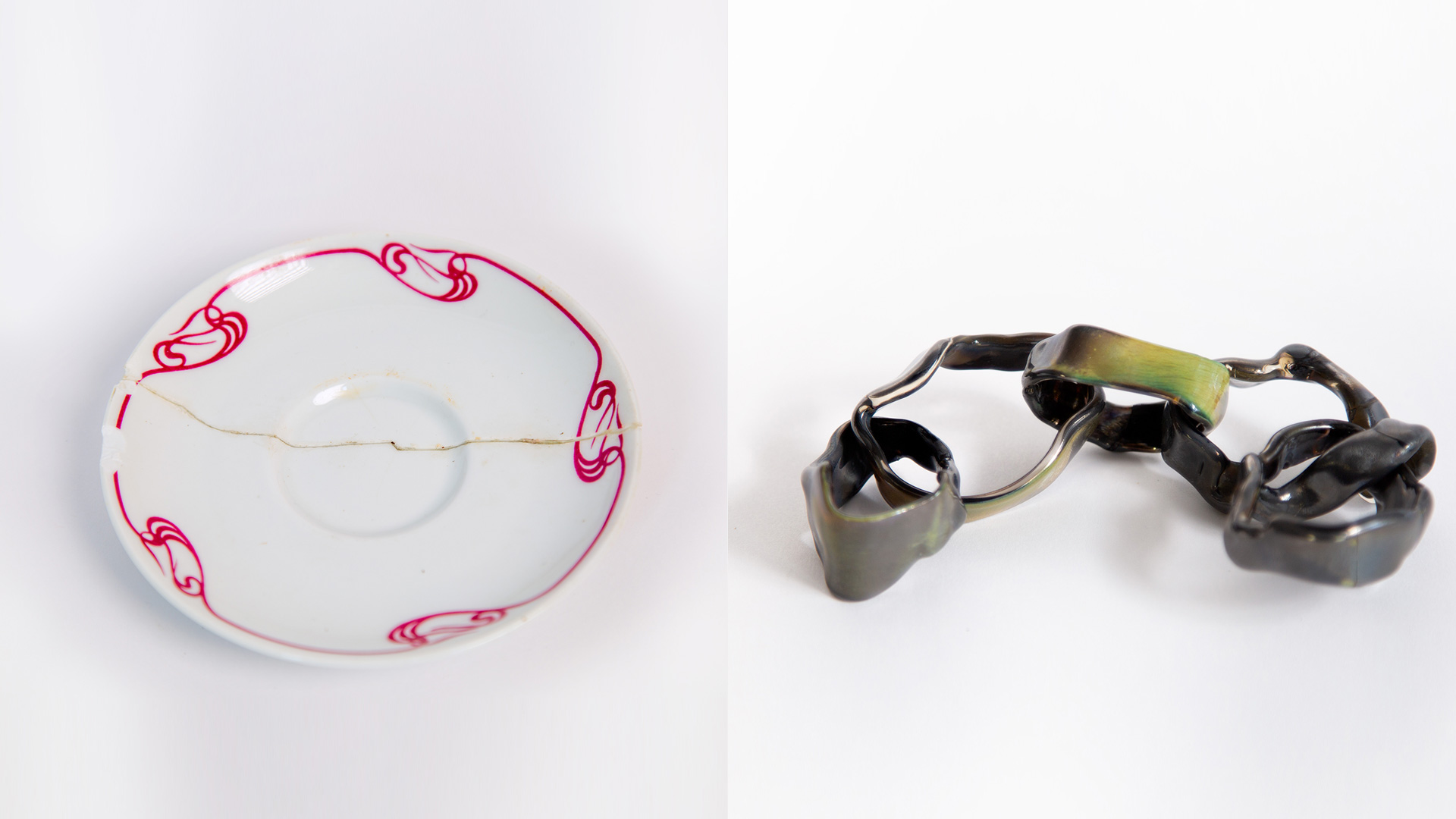
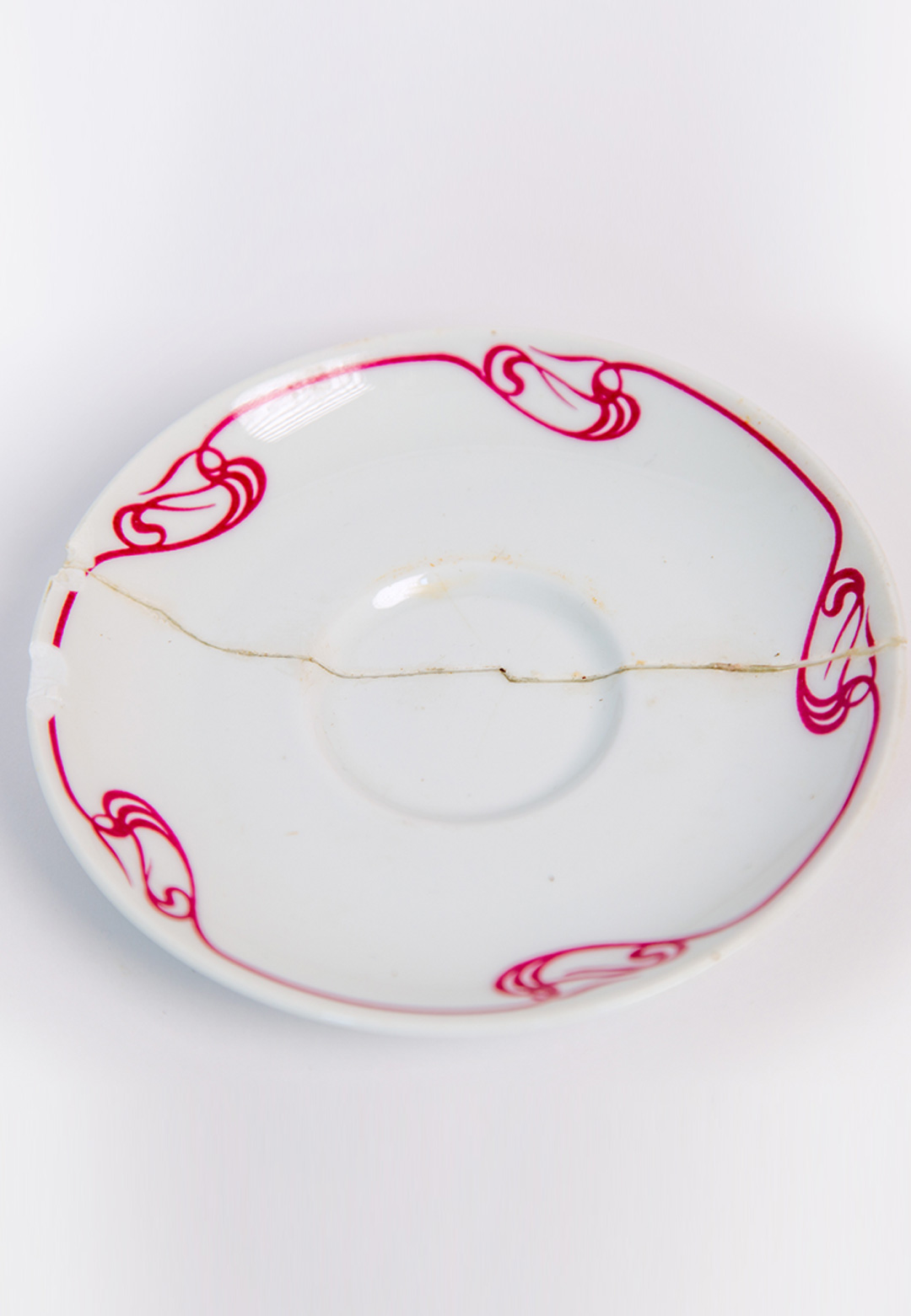
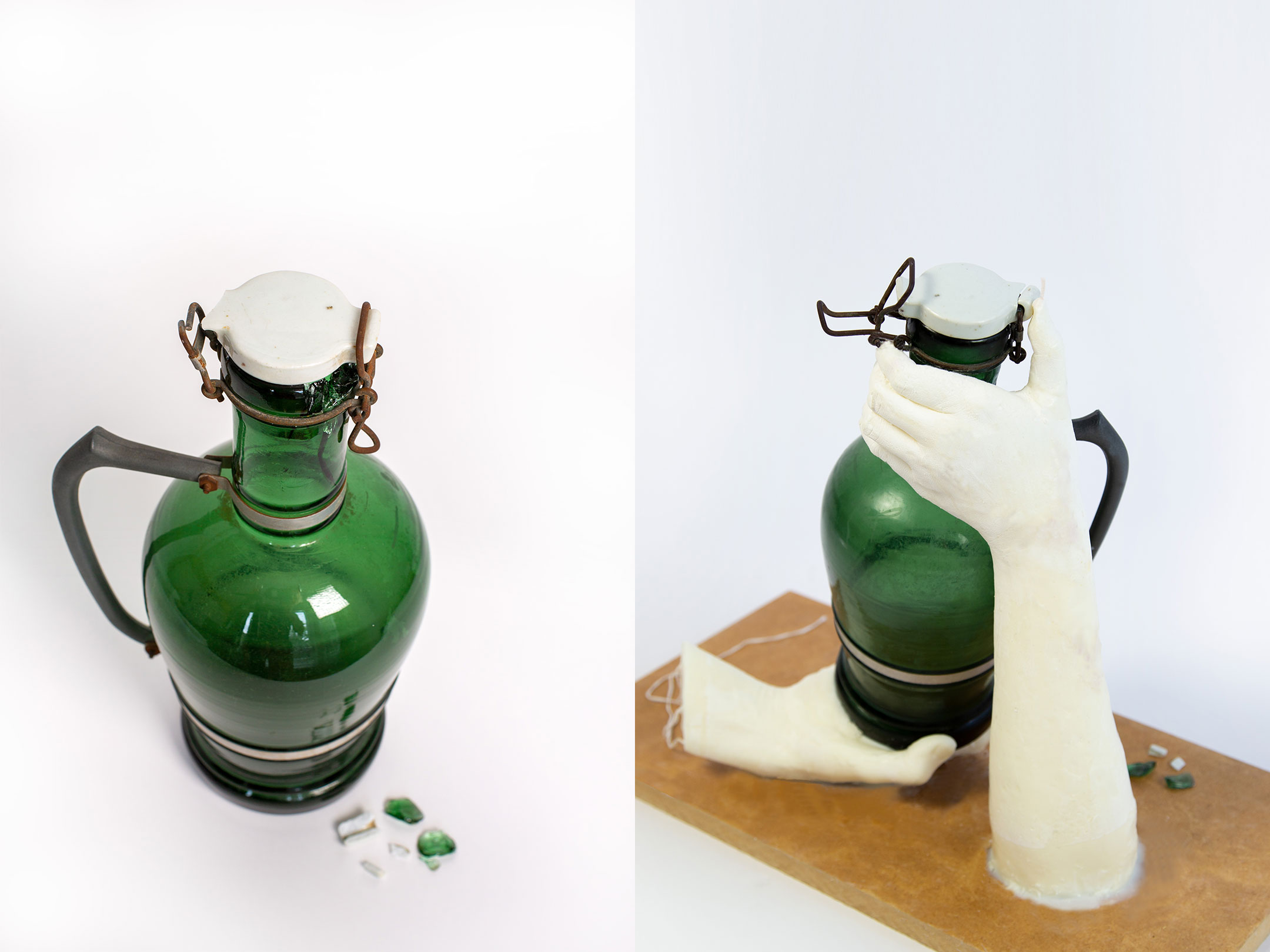
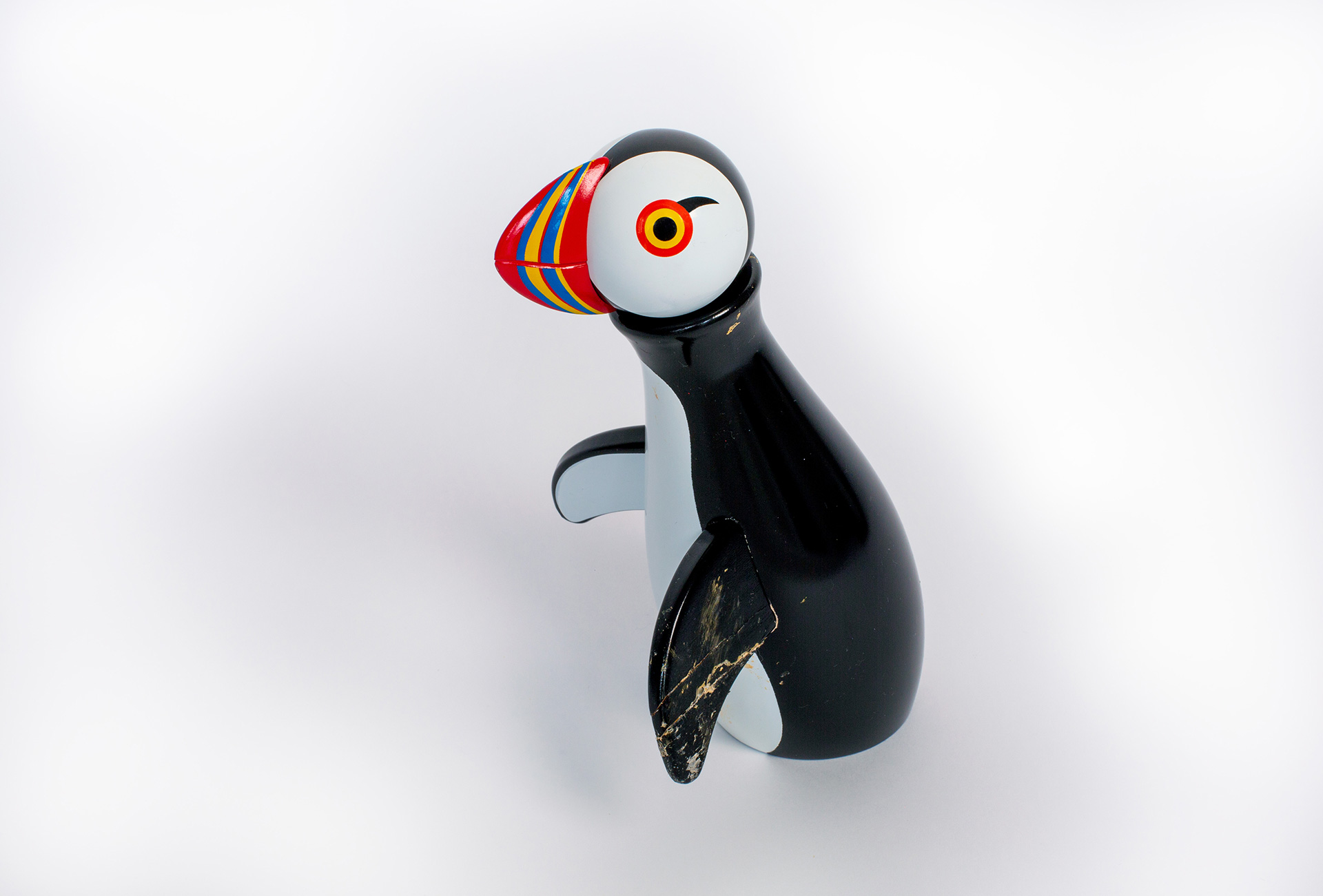
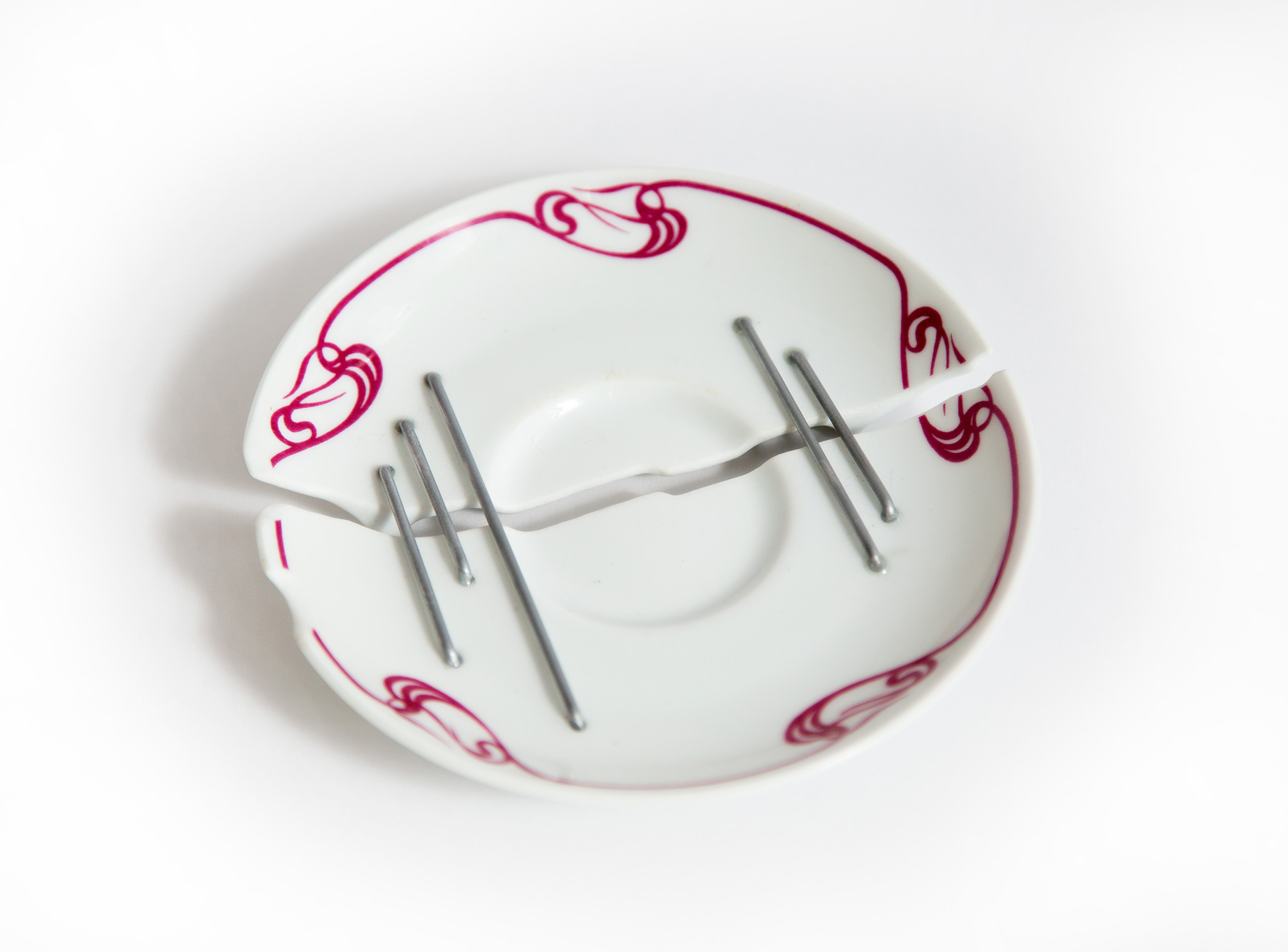
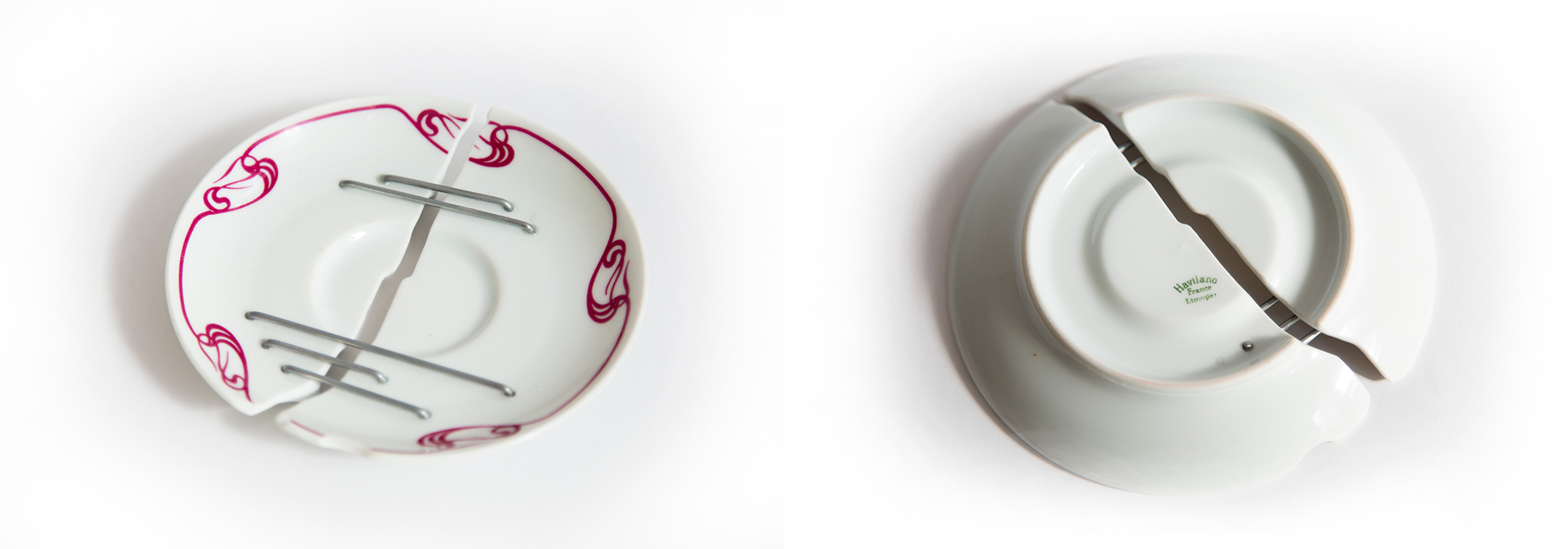
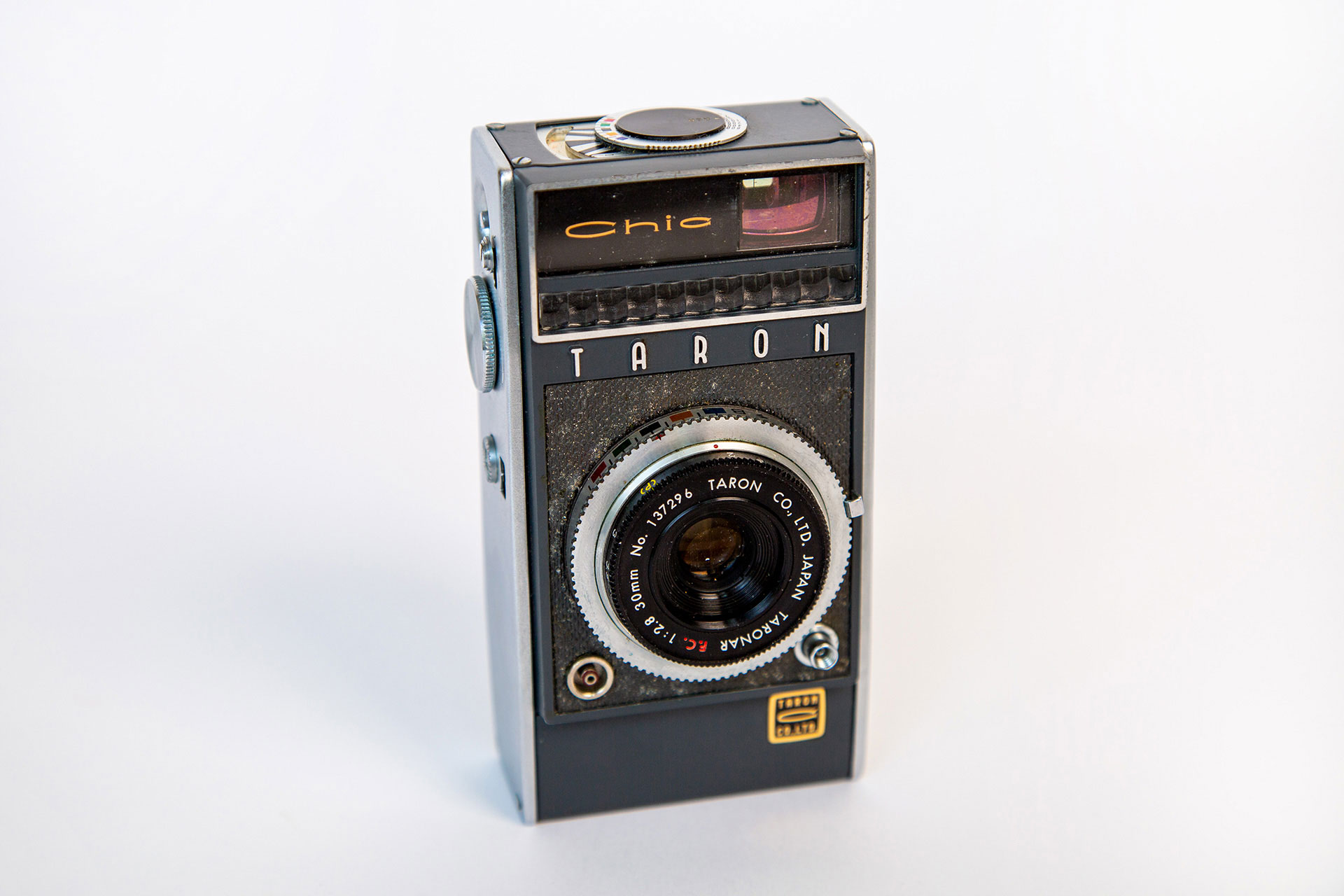
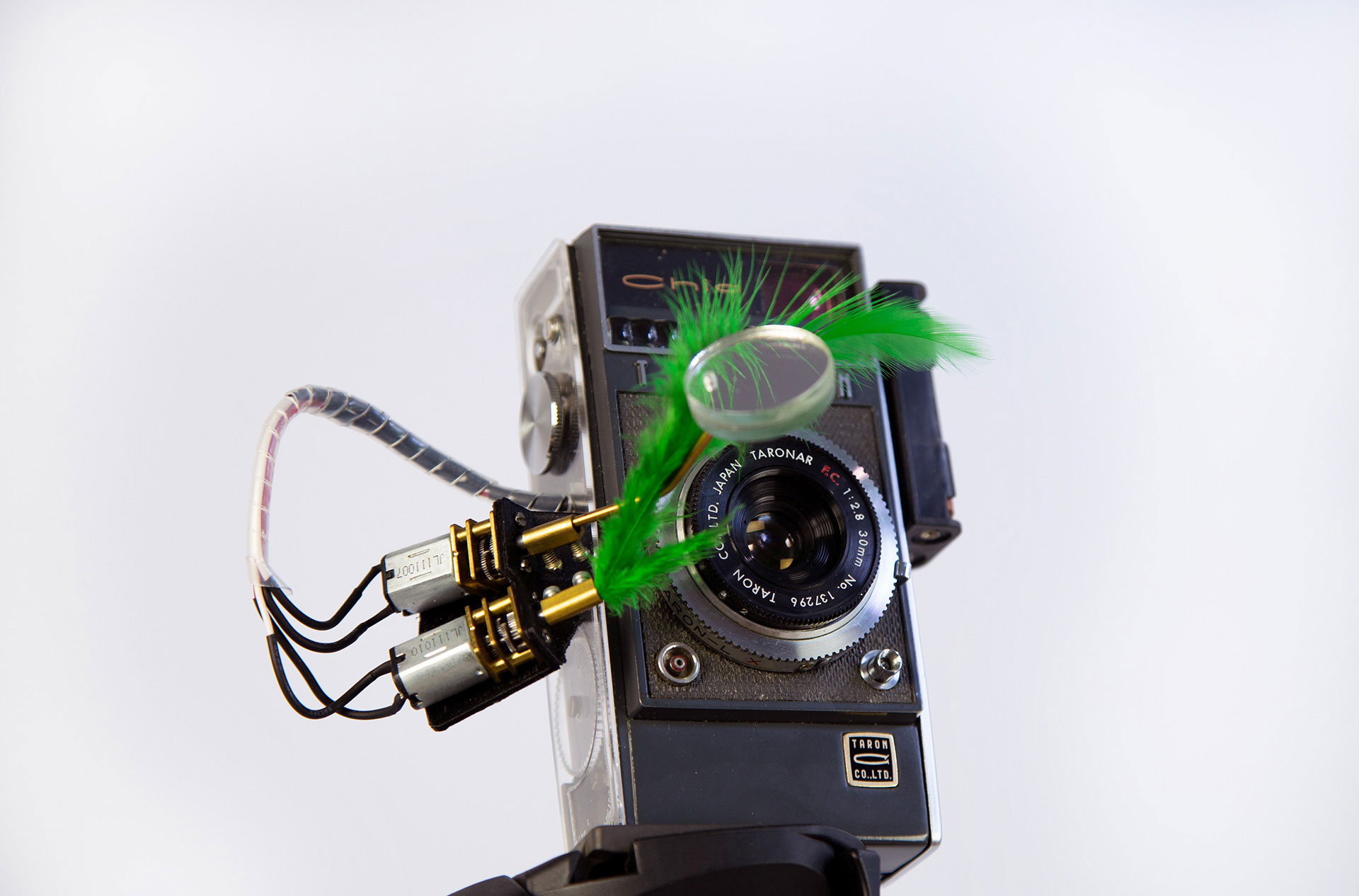
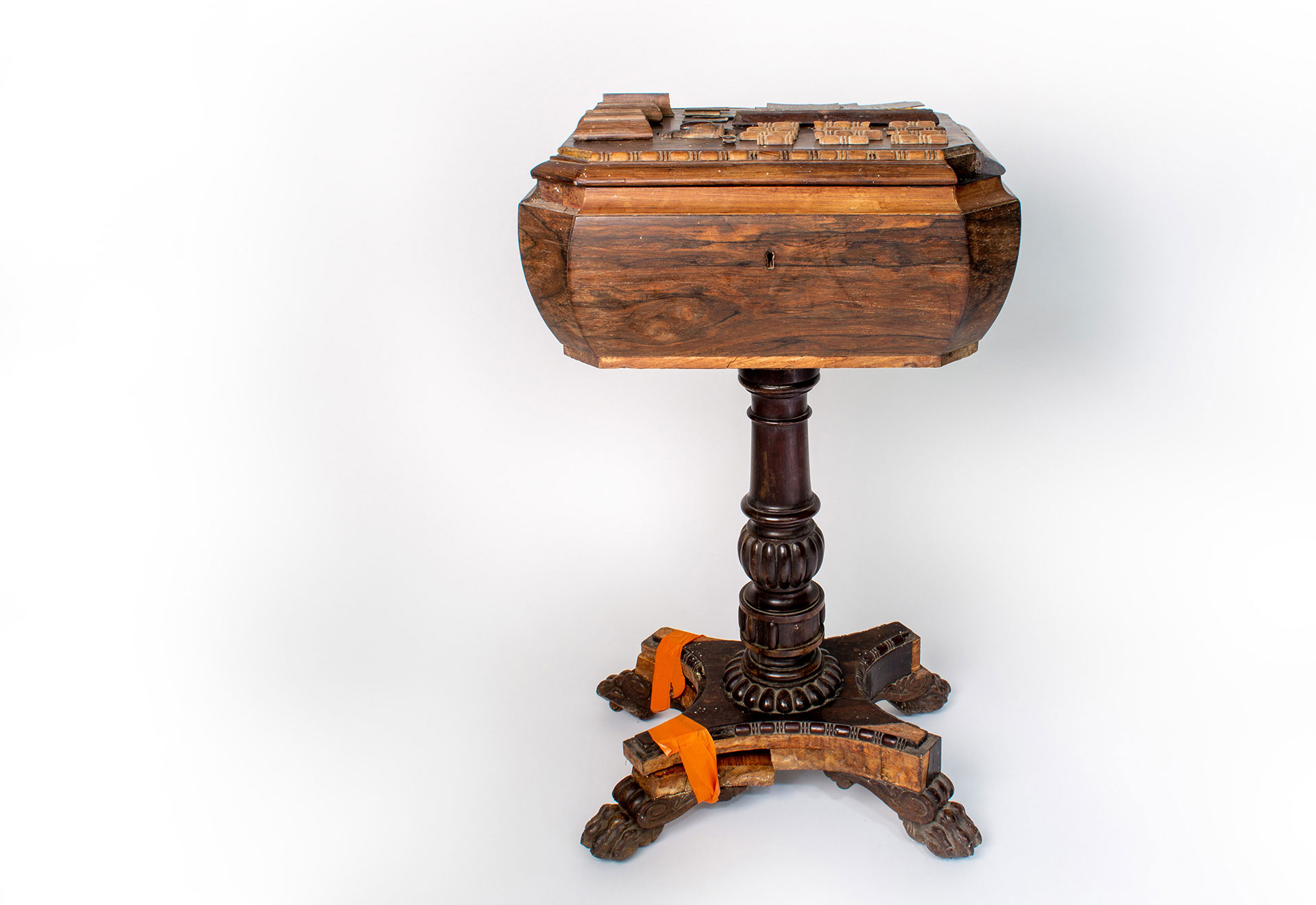
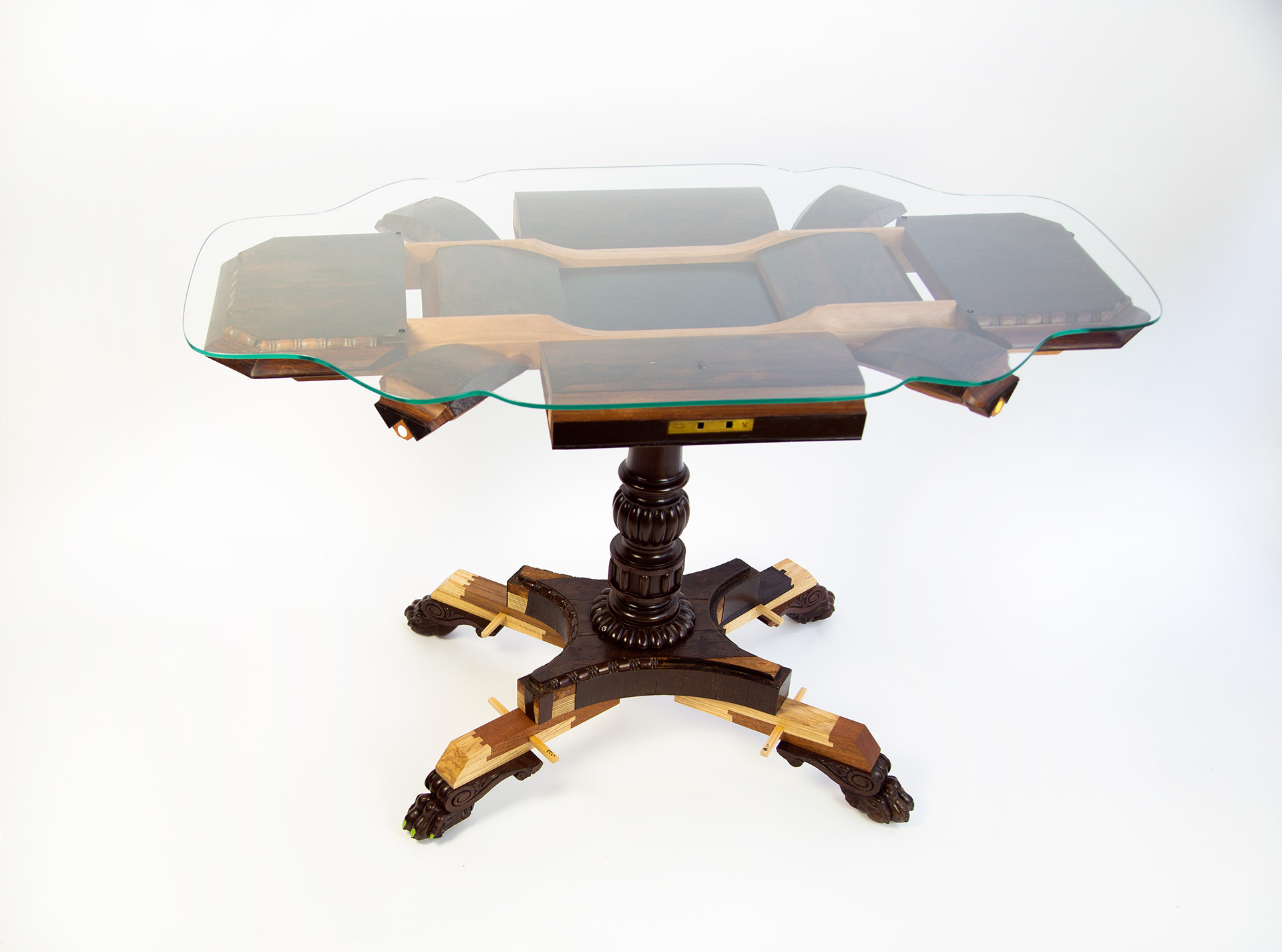
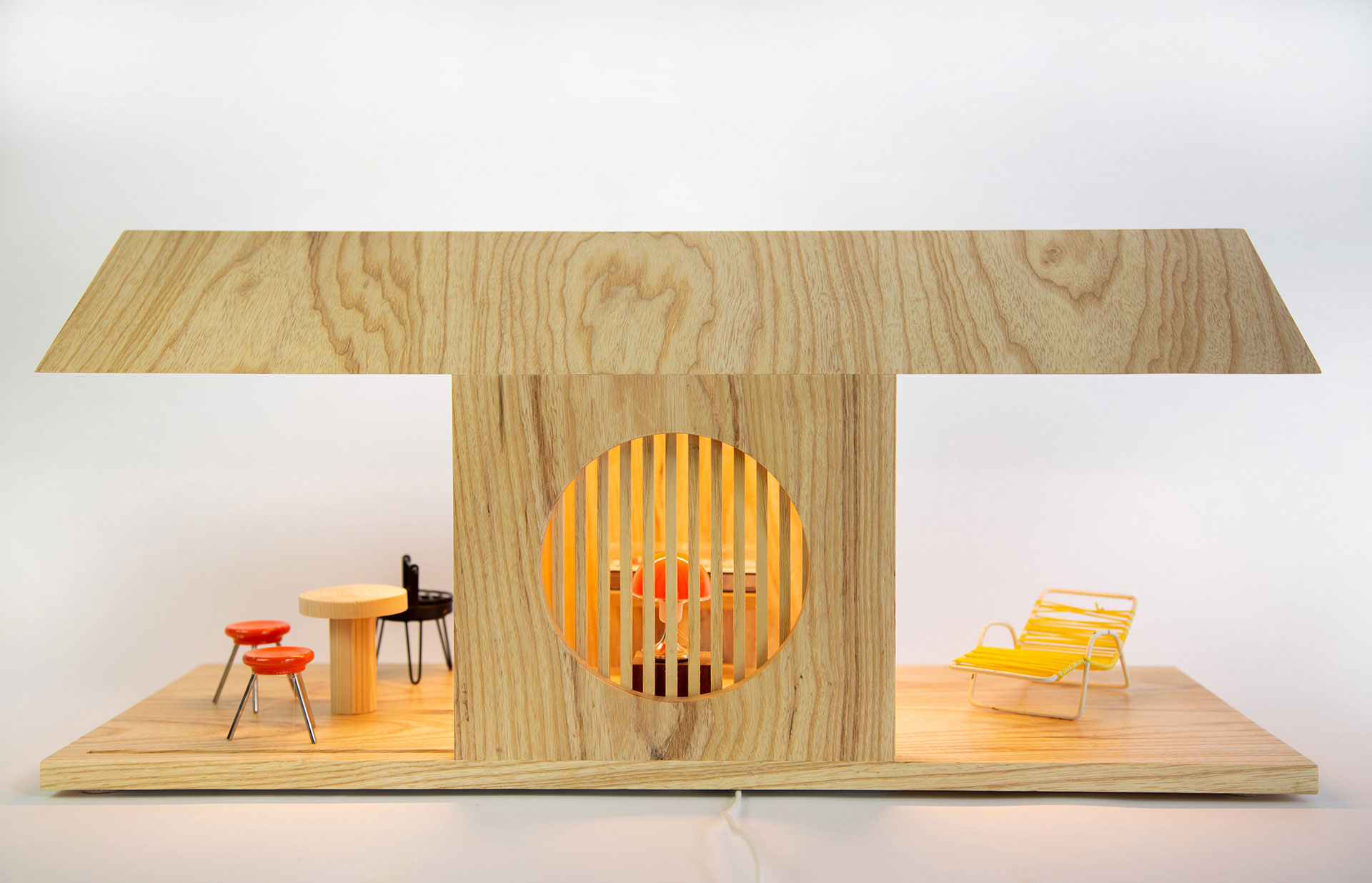
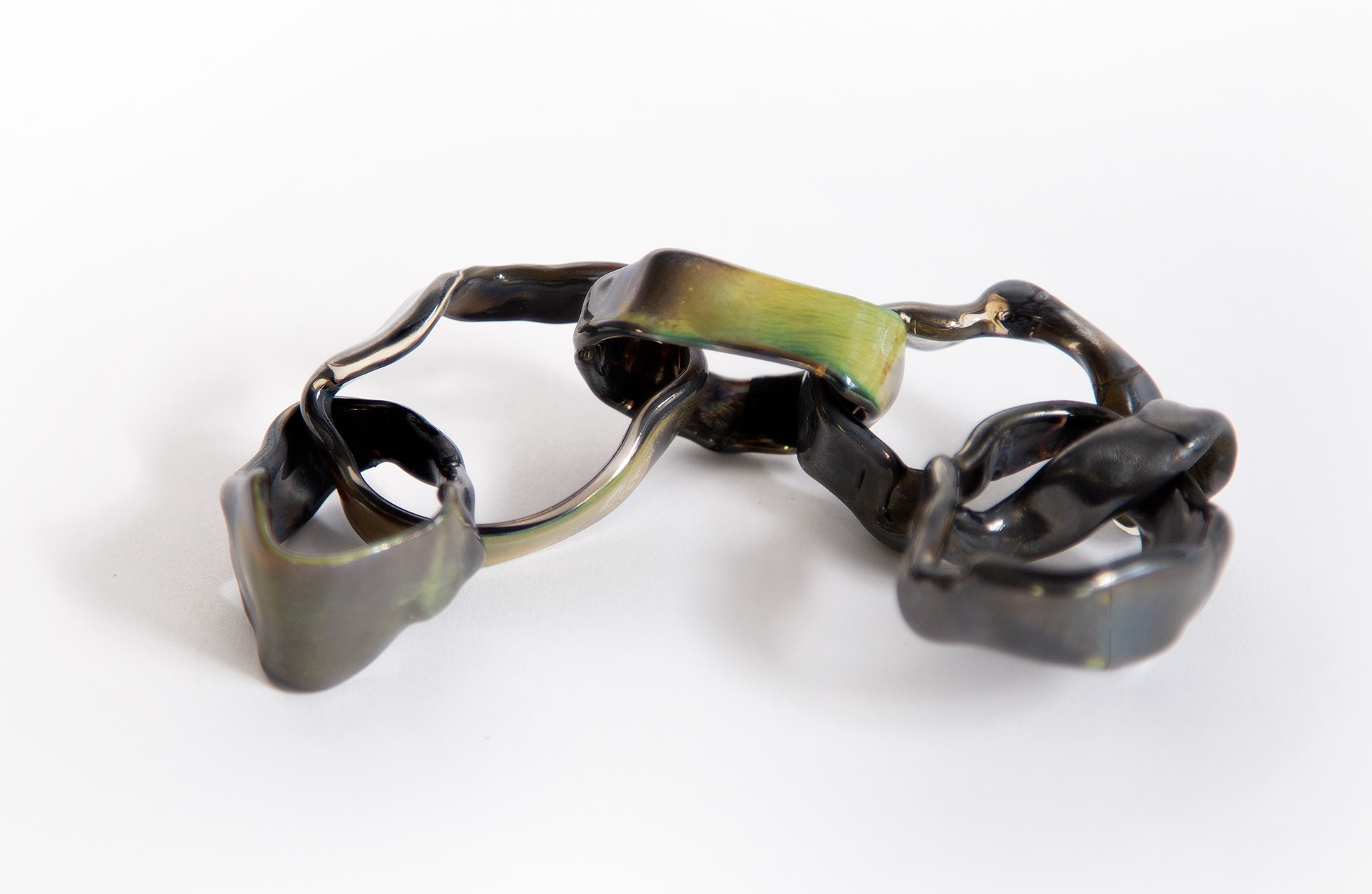


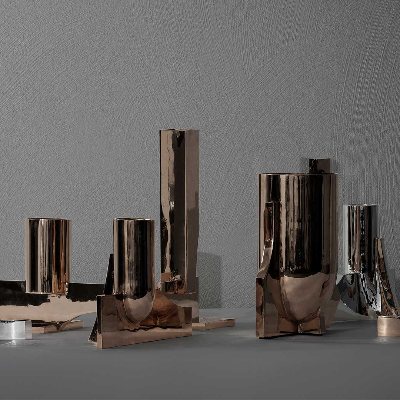
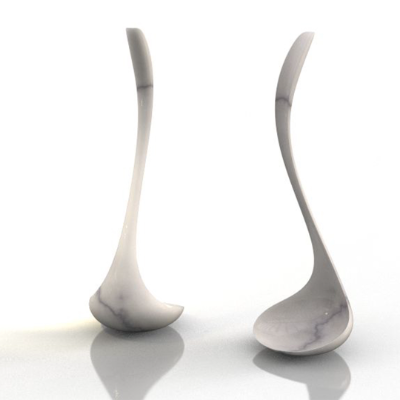
What do you think?